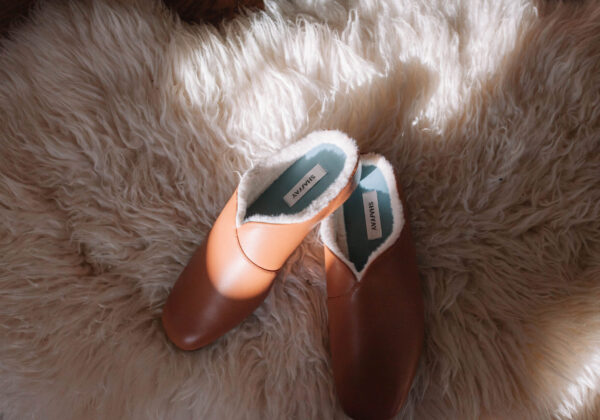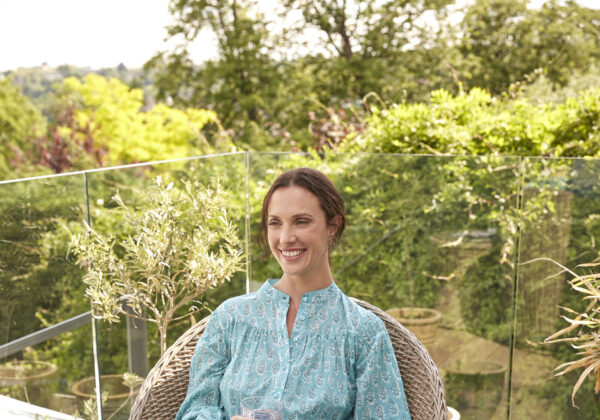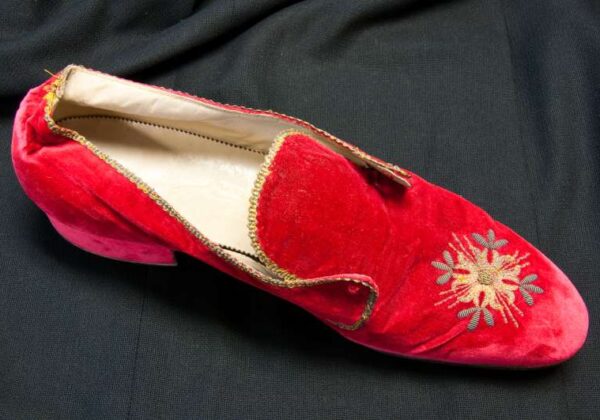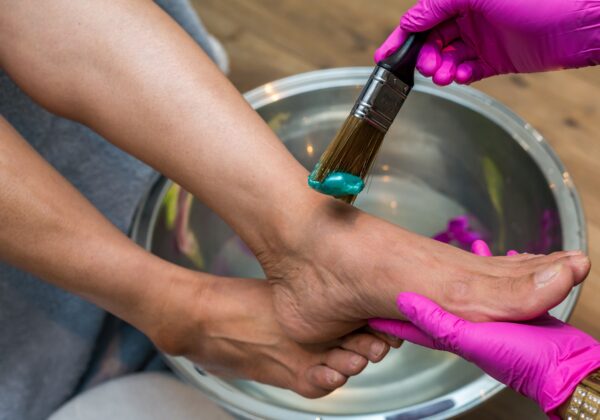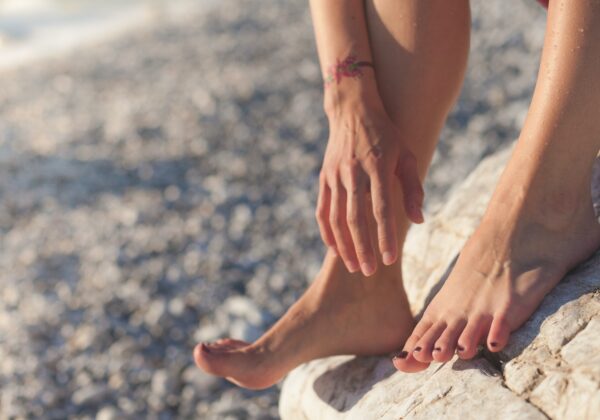Taking care of our feet is important at every stage of our lives. It becomes vital as we grow older, but the younger we are when we start to pay attention to our foot health, the better our chances that our feet will continue to serve us well into our golden years.
Thirties and forties
The thirties are an exciting and dynamic time of life. As we navigate career growth, family responsibilities, and personal development, it’s a time when most of us feel healthy and at our prime. It’s a stage of life when most of us give little thought to our feet.
For many of us, our thirties are a decade of increased physical activity. Perhaps your work involves prolonged periods of walking or standing (hello to all the teachers out there!). You might be starting to hit the gym more regularly. And you might be running after toddlers. Perhaps all of the above apply. As a result, this is the stage when our feet can begin to show signs of wear and tear and a good time to start really looking after them.
Our thirties is the ideal time to get into good habits that will prevent future issues. Paying attention to your foot health in your thirties can help prevent the later development of problems such as bunions, plantar fasciitis, and arthritis.
Our forties are, for many of us, a decade of juggling career demands, family responsibilities, and personal goals. It’s a period when it often becomes very difficult to find time for self-care. However, it’s also a point when taking care of ourselves becomes increasingly important.
Your forties can bring about new challenges and changes in your foot health. You might start to see age-related changes in your feet, including decreased flexibility and a thinning of the fat pads at the ball and heel of the foot.
Fifties and sixties
By the time you are in your fifties and sixties, your feet have been carrying you around for over half a century! If you have been all but ignoring them before now, this is the stage when it becomes essential to start paying attention to your feet.
Many people in their fifties and sixties experience changes in their physical activity levels, whether that’s due to a more sedentary job or a shift towards low-impact activities. Retirement may mean that a real effort is required to ensure no further reduction in physical activity.
This stage of life can bring further age-related changes to your feet, such as reduced flexibility, even thinner fat pads at the ball and heel, and a higher likelihood of developing conditions like osteoarthritis. You might start to experience arch issues, joint pain, and skin changes.
Seventies, eighties and beyond
By the time you hit your eighth decade, you might find that your feet are becoming less flexible. Many people experience joint problems and general stiffness and some begin to find it difficult to look after their feet. Even less fat on the bottom of the feet can make walking barefoot uncomfortable, which makes it especially important to wear good slippers at home and comfortable shoes when out and about.
Look after those feet throughout your life:
- Choose the right footwear. Invest in high-quality, comfortable shoes that provide adequate support and cushioning. Avoid excessively high heels for daily wear, and opt for shoes with arch support to reduce the risk of foot pain.
- Regularly inspect your feet. Take a few minutes each week to inspect your feet for any signs of issues like cuts, blisters, or ingrown toenails. Catching problems early can prevent them from worsening.
- Maintain Proper Foot Hygiene. After washing your feet, make sure to dry them thoroughly, especially between the toes. This can help to prevent the development of conditions like athlete’s foot.
- Keep your toenails trim. Cut or file your toenails straight across to avoid ingrown toenails. If you use nail clippers, use good, sharp ones, and be careful not to cut the nails too short.
- Stretch and strengthen your feet. Incorporating a few foot and ankle stretches into your daily routine twill help to maintain their flexibility and strength. Exercises like toe curls and calf raises can help keep your feet in good shape.
- Manage your weight. Maintaining a healthy weight can reduce the pressure on your feet and lower the risk of conditions like plantar fasciitis and arthritis as well as having myriad other health benefits.
- As you get into old age, it can be helpful to have regular check-ups with a chiropodist/podiatrist to monitor your foot health and help you to take care of your feet.
- Most of all, listen to your feet: pay attention to any foot pain or discomfort and address it promptly.
Look after your feet throughout your life and there’s a good chance that they will return the favour – well into old age. Regardless your age, why not treat your feet to one of our luxury pairs of women’s slippers?


